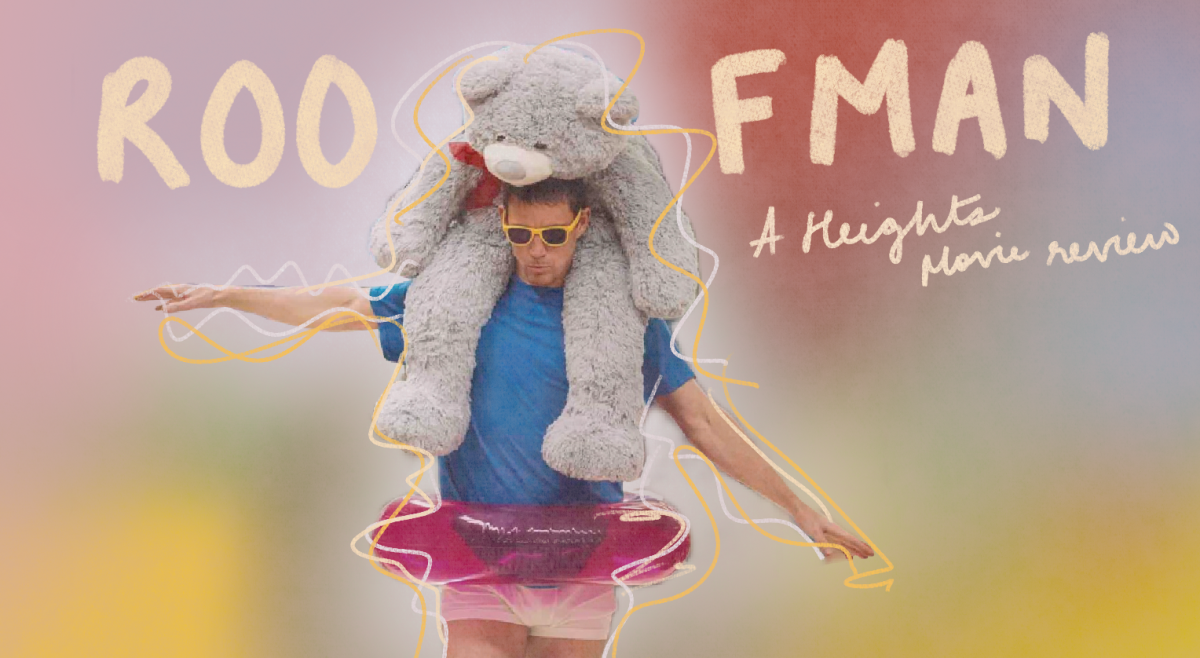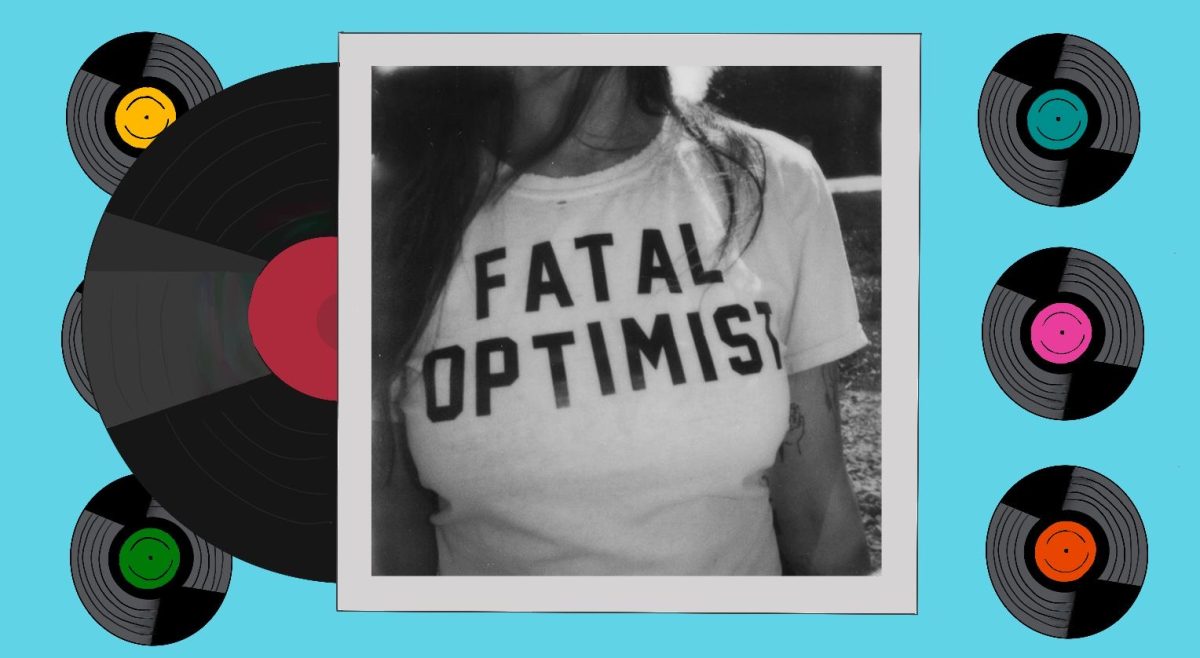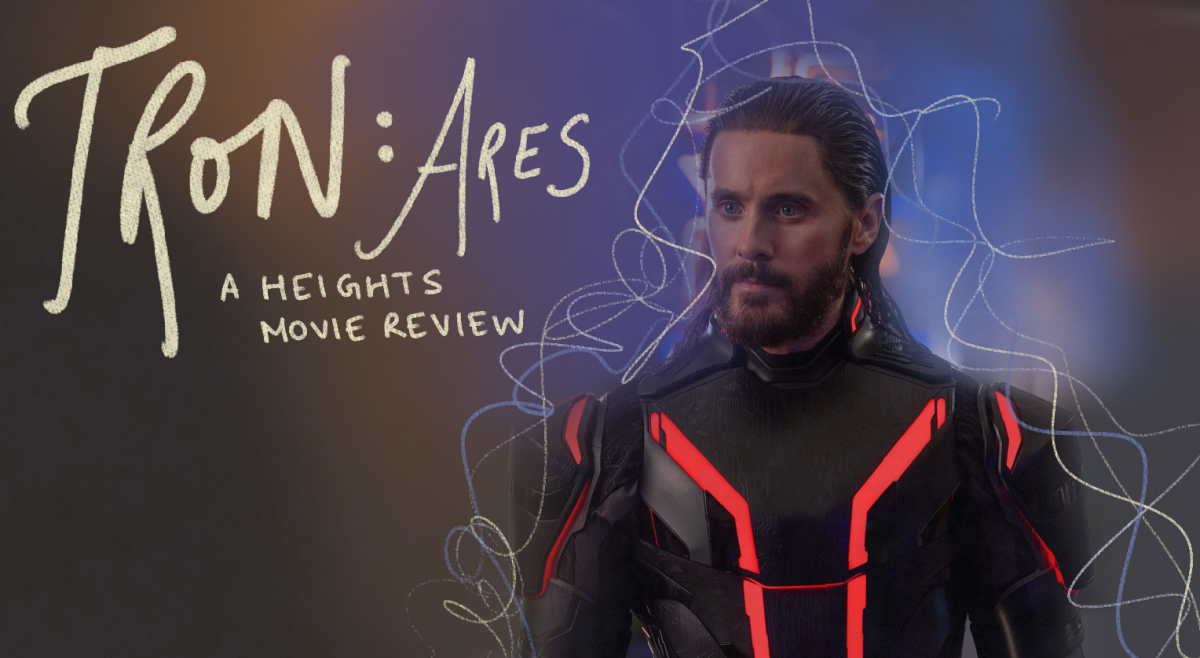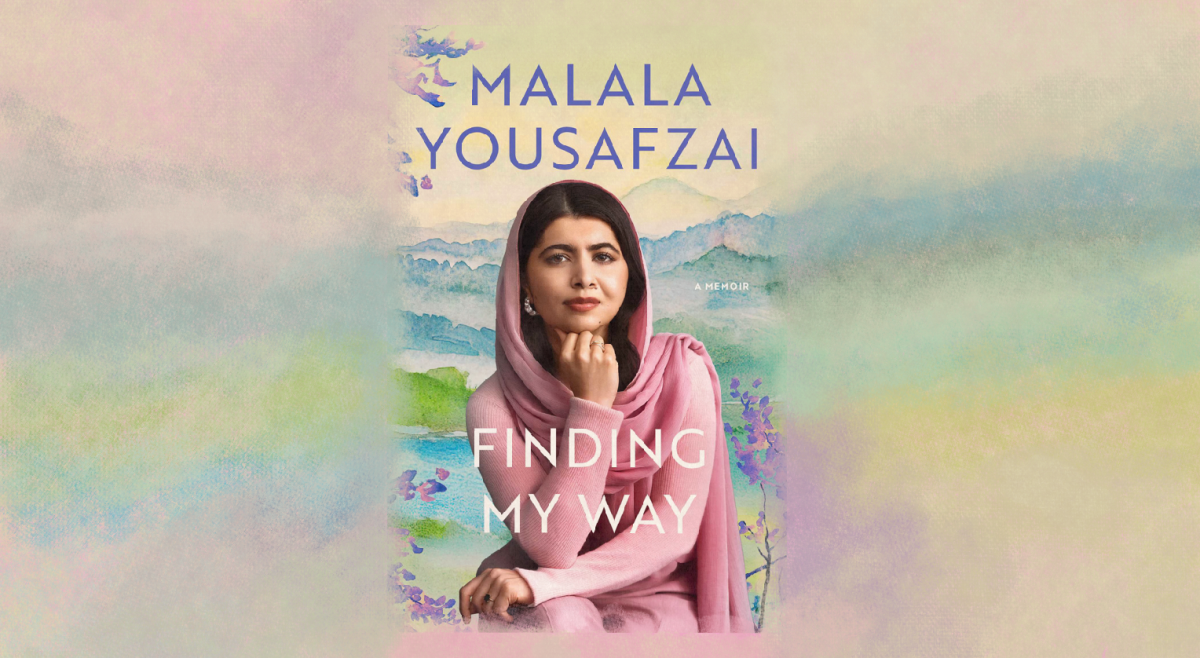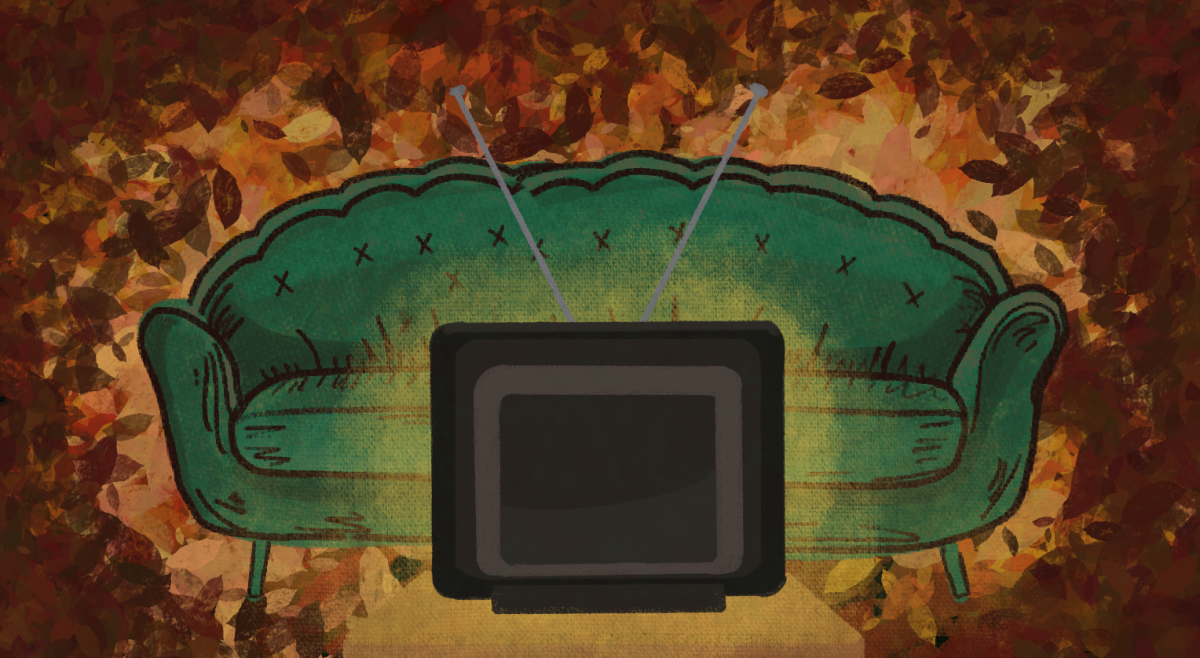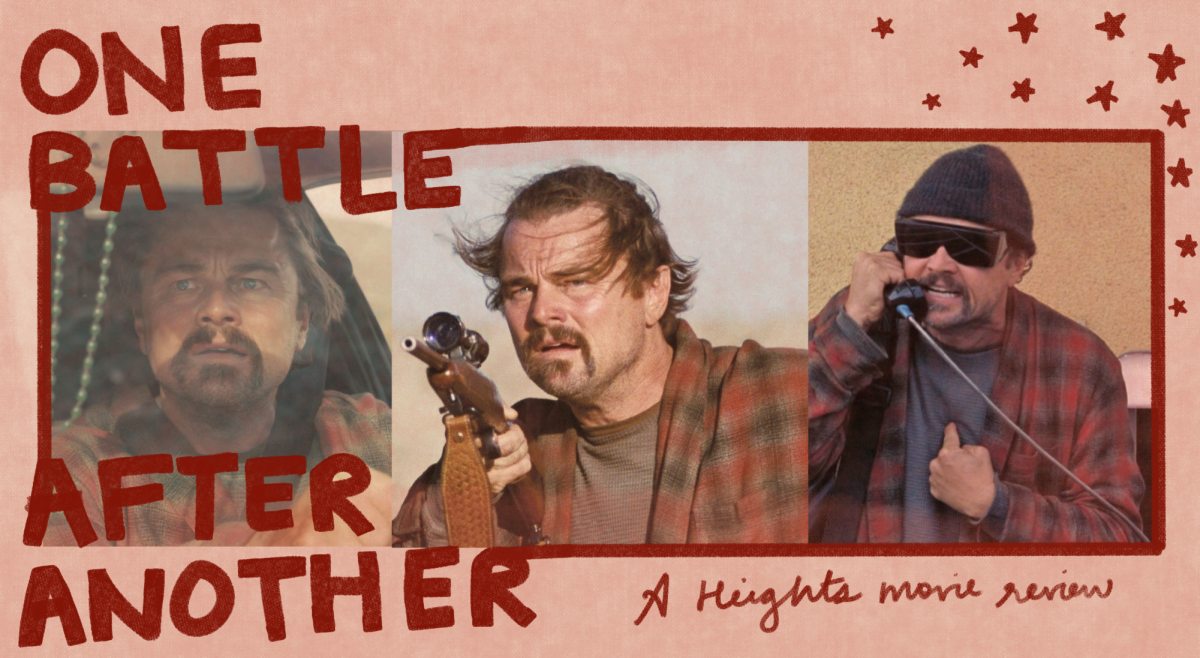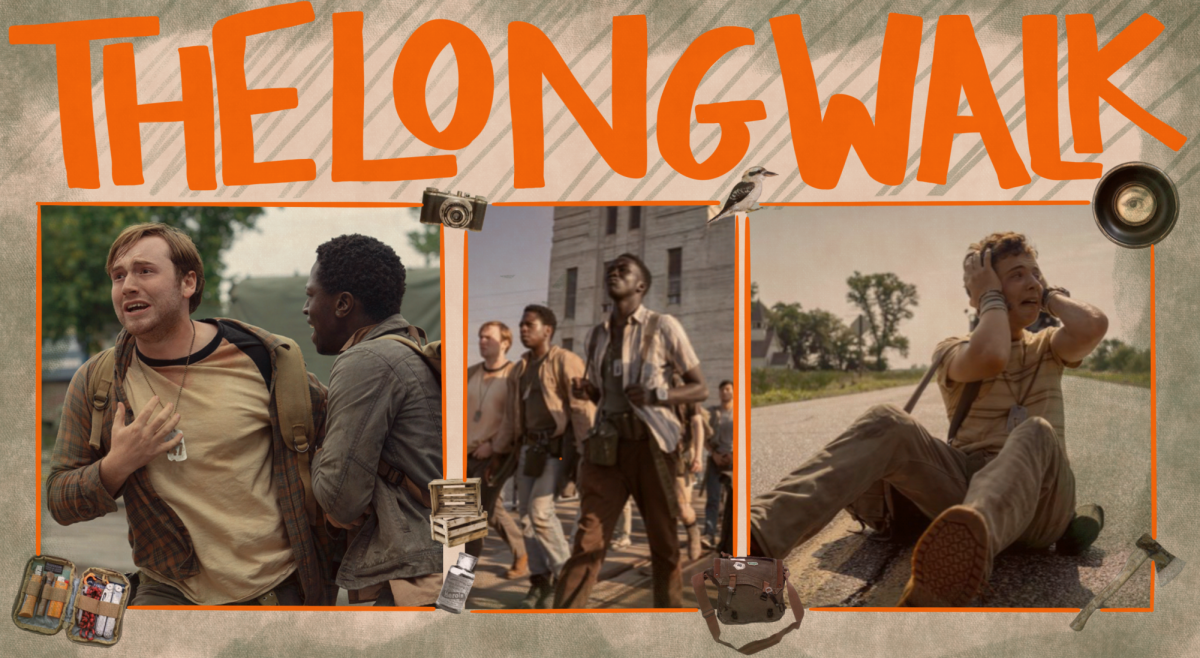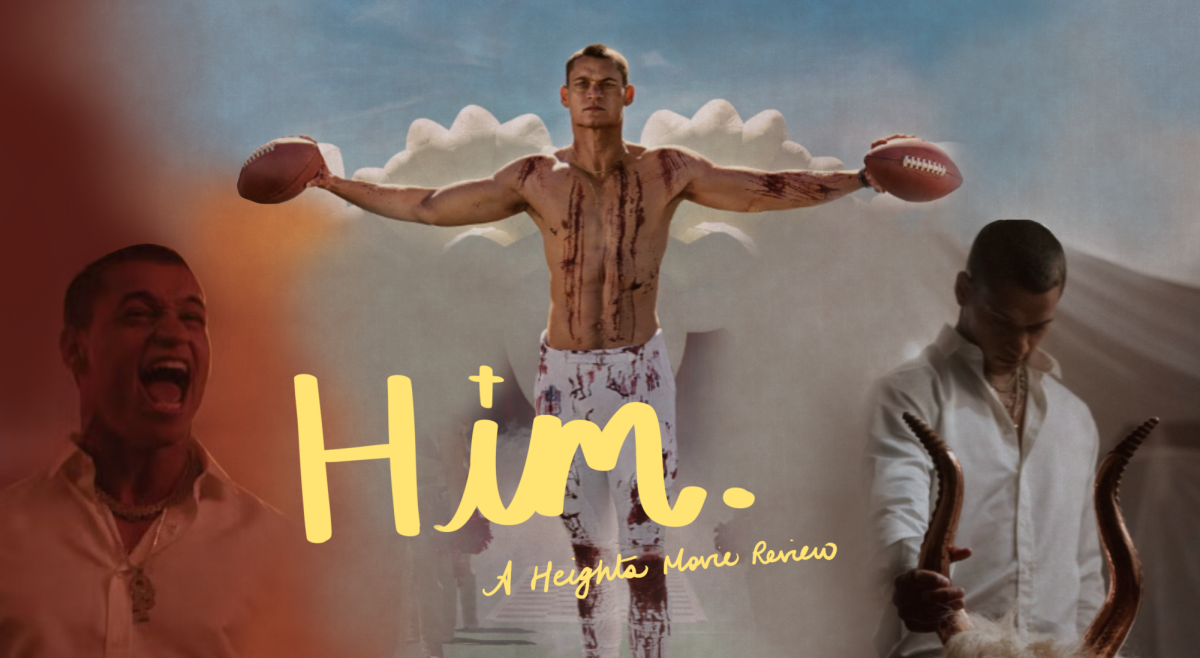Disney’s back and at it again. Hailed by some as one of the best animated films since the golden days of the Disney Renaissance, Frozen may not live up to such high praise for everyone, but it certainly brings back some of that old Disney charm many have been missing.
Frozen takes on heavier thematic elements than the traditional Disney feature. The film follows two sisters, Princesses Elsa and Anna, who are almost complete opposites. After Elsa’s powers accidently harm Anna, Elsa is forced by her parents into an isolated state, under the advice of trolls. In order to keep her strengthening powers at bay, she teaches herself not to let others in, while the gates to the castle are shut to keep the two safe.
The film explores the consequences of this isolation, leaving Elsa to grow up to be a cold and fearful young woman, and Anna an optimistic and spirited one, especially after the death of their parents. When the two personalities clash after Elsa’s coronation, her secret comes out. In desperation, she flees, not realizing that her powers cause the kingdom to fall into an eternal winter. In her quest to save the kingdom and her sister, Anna realizes that what it takes to melt the ice is love.
In terms of dialogue, there was not anything special here, and oftentimes the comic relief felt contrived. The two shining lights here were Olaf the Snowman and Sven the Reindeer-their interactions with other characters made for delightful little moments.
As far as men in the film, Kristoff charms with his man-of-the-woods persona, while Hans never reads as more than a forgettable Prince Charming, The film establishs the two as opposing love interests, with Kristoff ultimately winning for his purity of heart, despite his gruff nature. Musical numbers were catchy, though only Elsa’s song “Let It Go” stood out as a possible classic.
The animation here is absolutely flawless, with scenes involving breathtaking ice structures. The intricacy and detail fit into every frame is stunning, and the way the ice takes on an almost lifelike appearance-gleaming and glittering-is wonderous. How the camera pans through Elsa’s ice castle, transforming its delicate beauty to dangerous weaponry is also a visually captivating facet of the movie.
Characters, too, were fabulously designed, with each one’s outfits and facial expressions giving them a unique feel-no two looked copied and pasted. One of the most notable examples occurred during the song “Let It Go,” when Elsa transforms her coronation outfit-a conservative, darkly-colored outfit paired with a tight hair bun-into a beautiful ice gown of shimmering fabric and a delicate yet intricately patterned cape. As she lets her hair loose and becomes free from the bonds of her fear, Elsa blossoms from fearful recluse to a powerful woman, able to stand on her own, all thanks to a beautiful and well-thought-out costume change.
And, as always, Disney hair is still unrealistic.
What truly makes the film is the relationship between Anna and Elsa and the moral that comes with it. When Elsa freezes Anna’s heart, the only thing that can save her is an act of true love, and the plot is set up to lead the viewer into thinking that it needs to be true love’s kiss-something which Anna then goes to seek. This journey sends her on a diffucult adventure in which she learns about both sacrifice and love.
Disney made a smart move here, throwing aside the predictable savior of most tales in lieu of highlighting how love between family members can be just as true as that between lovers-love alone can thaw the ice. This moment of realization is truly touching. It elevates Frozen to be a memorable movie. The film is not without its flaws, but it still proves to be a step in the right direction for Disney.

